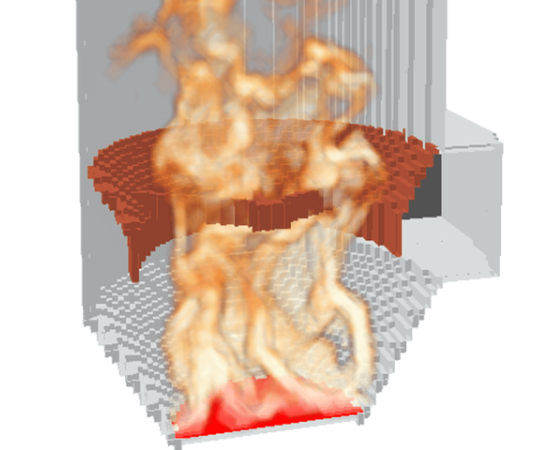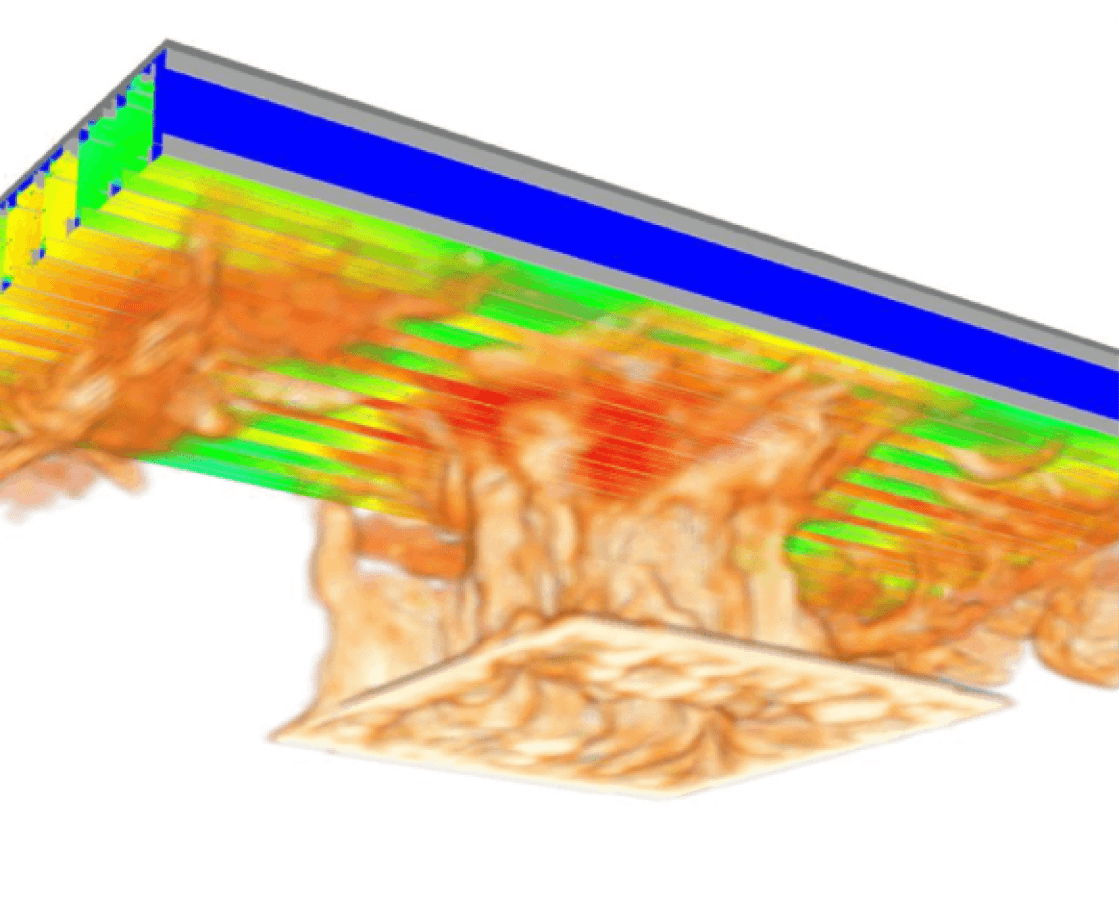Transportation
Performance-Based Design
Operational constraints and existing conditions often create challenges when implementing prescriptive fire and explosion protection requirements in applicable codes and standards. Retrofitting existing buildings can be particularly challenging, if even viable.
FRA has extensive experience implementing performance-based designs for various commercial and industrial facilities. Our interactive approach identifies stakeholders, establishes performance goals and objectives, and utilizes state-of-the-art engineering methods and computational models to develop innovative designs. Our engineers have demonstrated success in taking performance-based design projects from concept to completion, and approval by authorities having jurisdiction, including fire code officials and insurers.


Fire Risk Assessment
Our team has extensive experience in conducting fire risk assessments for a variety of applications, including energy storage, utilities, oil & gas, commercial, industrial, and residential properties. NFPA 551 guides on assessing the risks associated with fires, including evaluating the likelihood of a fire occurring, the potential for property damage, and the risk to occupants, the public, and emergency responders. Our fire risk assessments use the latest data and techniques in fire science and engineering to provide a comprehensive understanding of the associated risks. We use state-of-the-art software and analysis techniques to model fire scenarios and develop tailored mitigation strategies that comply with regulations. Our detailed reports clearly outline the risks and recommend specific actions to reduce them, while our team provides ongoing support to help clients manage and mitigate fire risks.
Fire Protection and Life Safety Narrative Reports
Some jurisdictions require the development and submission of a fire protection and life safety narrative report. Whether one is required or not, a narrative report can serve as an invaluable tool for building owners, developers, and architects as a single document that describes the design rationale of fire protection systems and how they interface and interact to provide the required level of life safety for building occupants, emergency response personnel, and property protection.
FRA has extensive experience providing building and fire code consulting services, design of all types of detection and suppression systems, as well as detailed fire modeling. This experience enables us to develop concise and detailed narrative reports.


Fire Dynamics Simulator (FDS)
Fire Dynamics Simulator (FDS) is a computational modeling tool developed by the National Institute of Standards and Technology (NIST) that is widely used in fire protection engineering. FDS is a powerful tool for simulating fire behavior and predicting fire dynamics in complex environments, providing valuable insights for fire protection design and analysis.
FRA applies FDS to a wide variety of fire, smoke, and gas dispersion analyses. From designing smoke control systems to evaluating sprinkler suppression effectiveness and hazardous gas dispersion, our engineers have years of in-depth experience in using FDS to support our client’s design challenges.
Tunnel Modeling
Tunnel modeling is an essential aspect of fire protection in transportation infrastructures such as road tunnels, rail tunnels, and subway systems. The National Fire Protection Association (NFPA) has established guidelines for tunnel fire protection, including NFPA 130 and NFPA 502. Computational modeling plays a critical role in complying with these standards and designing effective fire protection measures for tunnels.
Using computational modeling tools, FRA engineers can model the spread of fire, smoke movement, and the effects of ventilation systems, considering factors such as tunnel geometry, materials, ventilation conditions, and fire suppression systems. This allows for a detailed analysis of how fires are likely to develop and spread in tunnels and helps our engineers design effective fire protection measures.


People Movement
FRA engineers who specialize in people’s movement utilize the latest computational tools to assess and optimize people’s movement strategies, allowing our engineers to design effective evacuation plans, evaluate emergency egress routes, and ensure the safe evacuation of occupants.
One of the key capabilities for people’s movement is the ability to use agent-based modeling or crowd simulation techniques. Our engineers can model the movement of occupants in buildings, transportation hubs, stadiums, or other crowded spaces during a fire emergency. This includes factors such as human behavior, demographics, mobility limitations, and response to fire alarms, which can impact the flow of people during an evacuation.
